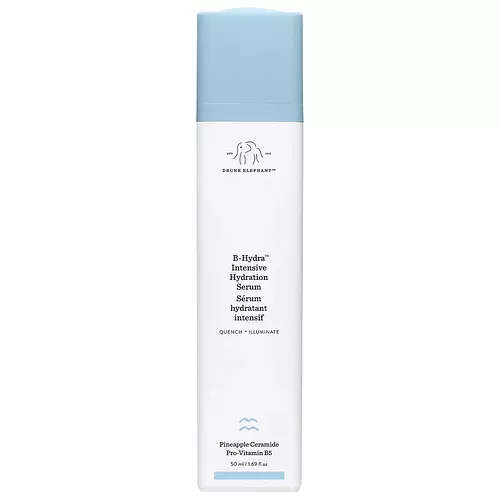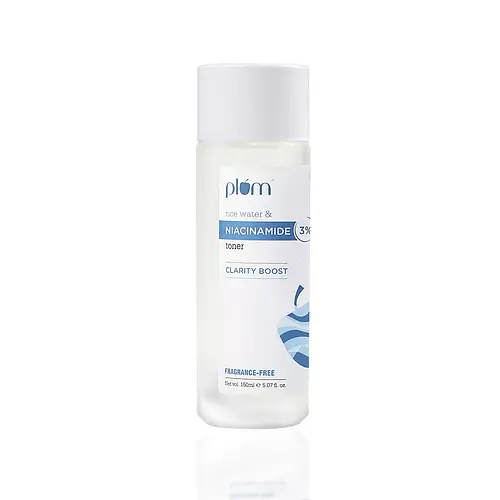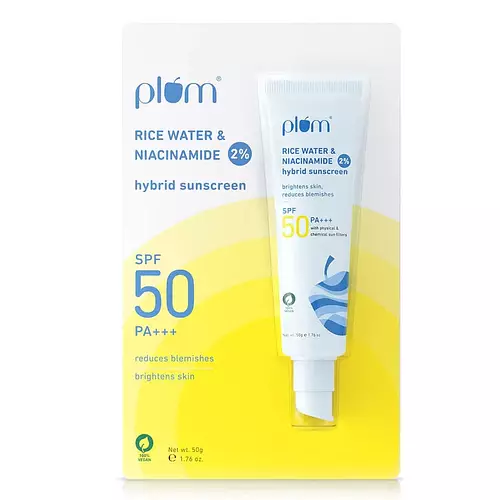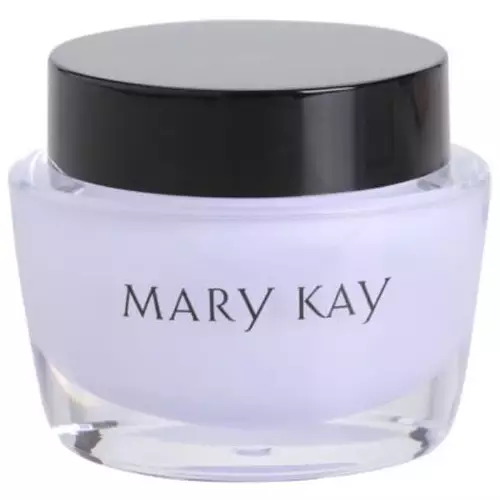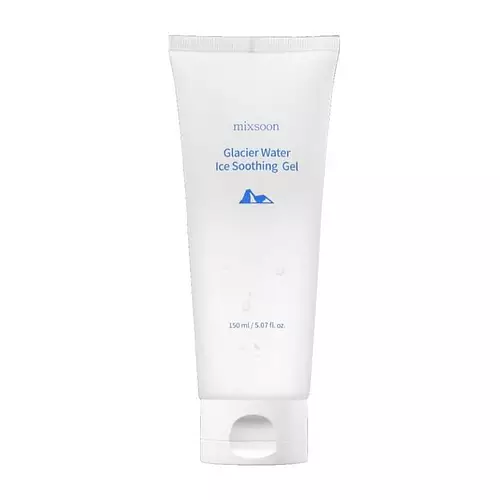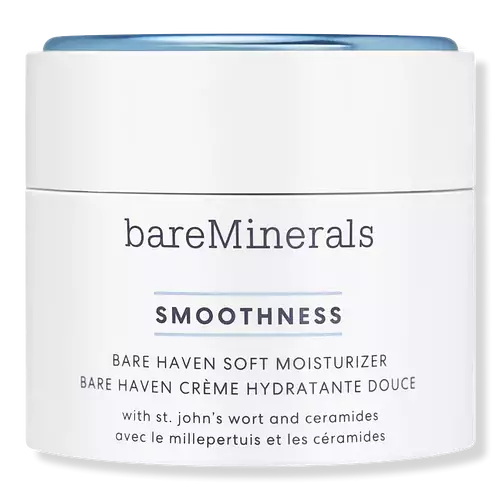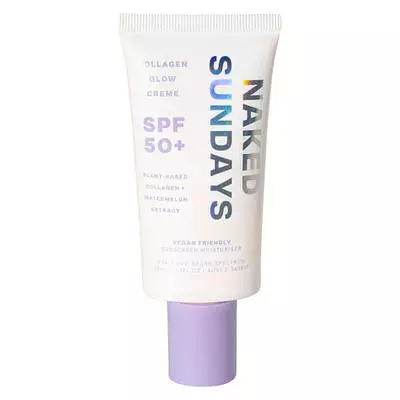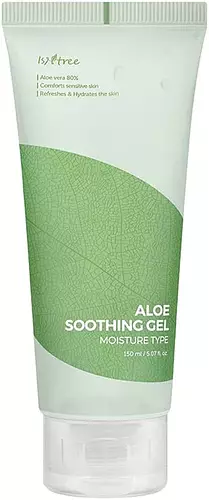Updated on October 29, 2023
Overview
What they are
These products are both reef safe . They have a total of 9 ingredients in common
Cool Features
They both contain hyaluronic acid
Suited For
They're both likely to be good for dry skin, brightening skin and sensitive skin
Free From
They both do not contain any harsh alcohols, common allergens, fragrances, parabens or sulfates
We independently verify ingredients, and our claims are backed by peer-reviewed research. Spot a product that needs an update? Let us know.
Ingredient Info
Drunk Elephant B-Hydra™ Intensive Hydration Serum 28 ingredients
Neutrogena Hydro Boost Water Gel 34 ingredients
At a glance
Click on any of the items below to learn more
Drunk Elephant B-Hydra™ Intensive Hydration Serum 28 ingredients
Neutrogena Hydro Boost Water Gel 34 ingredients
Notable Ingredients
This product contains 1 ingredient that may have this attribute:
This product contains 2 ingredients that may have this attribute:
Benefits
This product contains 1 ingredient that may have this attribute:
This product contains 1 ingredient that may have this attribute:
This product contains 2 ingredients that may have this attribute:
This product contains 2 ingredients that may have this attribute:
This product contains 1 ingredient that may have this attribute:
This product contains 2 ingredients that may have this attribute:
This product contains 1 ingredient that may have this attribute:
This product contains 2 ingredients that may have this attribute:
Benefits
This product contains 4 ingredients that may have this attribute:
This product contains 1 ingredient that may have this attribute:
This product contains 1 ingredient that may have this attribute:
This product contains 1 ingredient that may have this attribute:
Concerns
This product contains 1 ingredient that may have this attribute:
This product contains 1 ingredient that may have this attribute:
This product contains 2 ingredients that may have this attribute:
This product contains 1 ingredient that may have this attribute:
Ingredients Side-by-side
Ingredients Explained
These ingredients are found in both products.
Ingredients higher up in an ingredient list are typically present in a larger amount.
Water. It's the most common cosmetic ingredient of all. You'll usually see it at the top of ingredient lists, meaning that it makes up the largest part of the product.
So why is it so popular? Water most often acts as a solvent - this means that it helps dissolve other ingredients into the formulation.
You'll also recognize water as that liquid we all need to stay alive. If you see this, drink a glass of water. Stay hydrated!
Learn more about WaterGlycerin is already naturally found in your skin. It helps moisturize and protect your skin.
A study from 2016 found glycerin to be more effective as a humectant than AHAs and hyaluronic acid.
As a humectant, it helps the skin stay hydrated by pulling moisture to your skin. The low molecular weight of glycerin allows it to pull moisture into the deeper layers of your skin.
Hydrated skin improves your skin barrier; Your skin barrier helps protect against irritants and bacteria.
Glycerin has also been found to have antimicrobial and antiviral properties. Due to these properties, glycerin is often used in wound and burn treatments.
In cosmetics, glycerin is usually derived from plants such as soybean or palm. However, it can also be sourced from animals, such as tallow or animal fat.
This ingredient is organic, colorless, odorless, and non-toxic.
Glycerin is the name for this ingredient in American English. British English uses Glycerol/Glycerine.
Learn more about GlycerinPentylene glycol is typically used within a product to thicken it. It also adds a smooth, soft, and moisturizing feel to the product. It is naturally found in plants such as sugar beets.
The hydrophilic trait of Pentylene Glycol makes it a humectant. As a humectant, Pentylene Glycol helps draw moisture from the air to your skin. This can help keep your skin hydrated.
This property also makes Pentylene Glycol a great texture enhancer. It can help thicken or emulsify a product. Emulsifiers help stabilize a product. It does this by preventing certain ingredients from separating.
Pentylene Glycol also acts as a mild preservative and helps to keep a product microbe-free.
Some people may experience mild eye and skin irritation from Pentylene Glycol. We always recommend speaking with a professional about using this ingredient in your routine.
Pentylene Glycol has a low molecular weight and is part of the 1,2-glycol family.
Learn more about Pentylene GlycolSodium PCA is the sodium salt of pyroglutamic acid and is naturally occurring on human skin.
The PCA stands for pyrrolidone carboxylic acid, a natural amino acid derivative.
Sodium PCA is a has conditioning, anti-inflammatory, and humectant properties. Humectants help hydrate your skin by drawing moisture from the air. This helps keep your skin moisturized.
Learn more about Sodium PCASodium Hyaluronate is hyaluronic acid's salt form. It is commonly derived from the sodium salt of hyaluronic acid.
Like hyaluronic acid, it is great at holding water and acts as a humectant. This makes it a great skin hydrating ingredient.
Sodium Hyaluronate is naturally occurring in our bodies and is mostly found in eye fluid and joints.
These are some other common types of Hyaluronic Acid:
Learn more about Sodium HyaluronateSodium Lactate is the sodium salt of lactic acid, an AHA. It is a humectant and used to adjust the pH of a product.
Sodium Lactate is part of our skin's NMF, or natural moisturizing factor. Our NMF is essential for the hydration of our top skin layers and plasticity of skin.
It also influences our skin's natural acid mantle and pH, which protects our skin from harmful bacteria.
Our NMF is formed from amino acids, lactic acid, sugars, minerals, peptides, and electrolytes. As we age, our NMF naturally depletes. Other sources of NMF depletion include harsh and drying ingredients such as denatured alcohol. Sodium lactate can help replenish our NMF, leading to more hydrated and plump skin.
High percentages of Sodium Lactate can have an exfoliating effect.
Sodium Lactate is produced from fermented sugar.
Learn more about Sodium LactateCitric Acid is an AHA derived from citrus fruits (think oranges, lemons, and limes!).
As an AHA, Citric Acid removes the top layer of skin cells from the newer layer of skin underneath. This helps skin to remove dark spots and even out skin tone.
If you spot Citric Acid near the end of an ingredient list, it's likely there as a pH adjuster rather than an active ingredient.
Read more about some other popular AHA's here:
Learn more about Citric AcidCaprylyl Glycol is a humectant and emollient, meaning it attracts and preserves moisture.
It is a common ingredient in many products, especially those designed to hydrate skin. The primary benefits are retaining moisture, skin softening, and promoting a healthy skin barrier.
Though Caprylyl Glycol is an alcohol derived from fatty acids, it is not the kind that can dry out skin.
This ingredient is also used as a preservative to extend the life of products. It has slight antimicrobial properties.
Learn more about Caprylyl GlycolEthylhexylglycerin (we can't pronounce this either) is commonly used as a preservative and skin softener. It is derived from glyceryl.
You might see Ethylhexylglycerin often paired with other preservatives such as phenoxyethanol. Ethylhexylglycerin has been found to increase the effectiveness of these other preservatives.
Ingredient Ratings
Here's what our community thinks of the ingredients in these two products.
When to use
Drunk Elephant B-Hydra™ Intensive Hydration Serum 28 ingredients
Neutrogena Hydro Boost Water Gel 34 ingredients


Reviews
Here's what our community thinks
Drunk Elephant B-Hydra™ Intensive Hydration Serum 28 ingredients
Lapaki
Great vitamin B serum
This hydrating serum contains vitamin B (B3 niacinamide and B5 panthenol / pantothenic acid), an antioxidant that nourishes...
Great vitamin B serum
This hydrating serum contains vitamin B (B3 niacinamide and B5 panthenol / pantothenic acid), an antioxidant that nourishes skin and treats several signs of ageing. It's also filled with pineapple ceramides, a lentil-apple-and-watermelon complex, and other nourishing ingredients. Regular use results in smoother, plumper, and brighter skin. The serum works very well for my dry skin, doesn't pill with other products, is scentless, has a great consistency, and is fantastic to mix with other DE products into "smoothies" instead of layering. Will continue using it in my winter routines / colder months, when I use DE products the most. [Edited]
Schadua
I mean, it is great, maybe for dry skin not enough hydration. It didn’t cause me breakouts or irritation, but overall, it’s okay. However, for the...
I mean, it is great, maybe for dry skin not enough hydration. It didn’t cause me breakouts or irritation, but overall, it’s okay. However, for the price, there are definitely better options. It does what it’s supposed to do.
Neutrogena Hydro Boost Water Gel 34 ingredients
BaiFengxi
I got this because it was one of the products I used two years ago that moisturized my skin without making me oily. However, they came out with a...
I got this because it was one of the products I used two years ago that moisturized my skin without making me oily. However, they came out with a new formula earlier this year. I decided to try it anyways and right off the bat I could tell it was different. The old formula was unscented. I'm sensitive to scents, and the new one smells like strong herbal shampoo. I put it on and it stung a little. I don't have a damaged barrier and none of the new products I've tried have burned at all. This one stung a little. So I ended up just washing it all off. I did not like this product. Just note the dates on the other reviews. If they are earlier than January 2024, be aware that Neutrogena discontinued that formula and the came out with the new one, which is what I talked about in this review.
jeanpaul2301
Great mosturizer!
Tried this out of curiosity with my mom, both of us were pleased with our results. She has normal to dry skin and I have combo...
Great mosturizer!
Tried this out of curiosity with my mom, both of us were pleased with our results. She has normal to dry skin and I have combo skin with fungal acne. She uses this everyday as soon as she gets out of the shower; without it her skin would feel dry as a desert. In my case, I put this on after using the Cetaphil daily facial cleanser. I know this product isn't fungal acne safe but I have combo skin, so I put it on the areas of my face that instead of having fungal acne, are kind of dry (mostly my cheeks, nose and neck). This moisturizer makes my skin feel refreshed, hydrated and healthy. It definitely has fragrance, but It's nice and light. I won't give it 5 stars just because it isn't fungal acne safe:)
